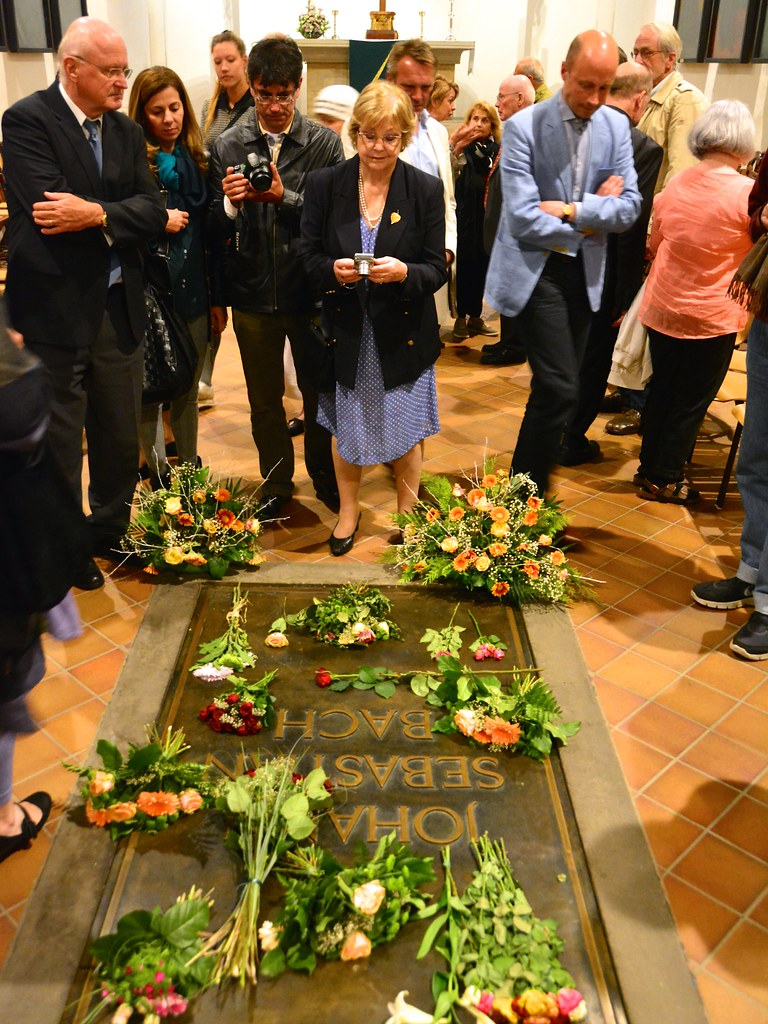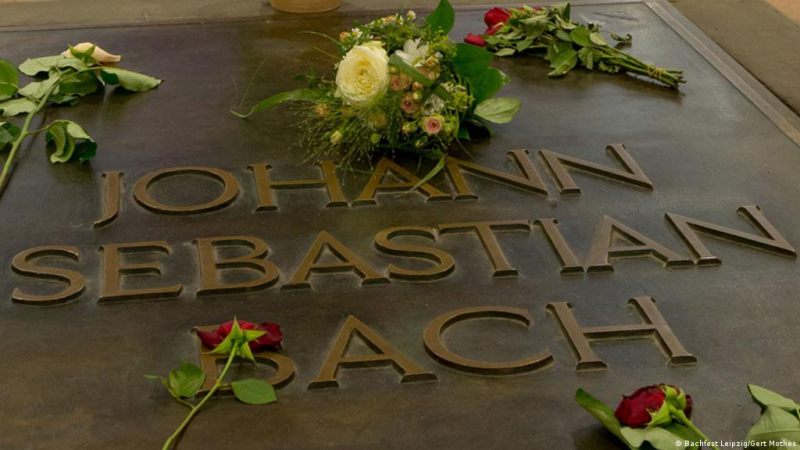He might not be in his grave
In Leipzig, where he spent the last three decades of his life, Bach was laid to rest. The St. John's Church in Leipzig's pastor intended to relocate the composer's body in 1894 from the church cemetery to a more respectable location.
Bach had been interred in an unmarked grave, as was typical for average people at the time, which was a minor issue. Wilhelm His, a craniologist, claimed that despite best efforts, the excavation team discovered "heaps of bones, some in numerous layers laying on top of one other, others mixed with the ruins of coffins, and some already crushed by the cutting of the diggers" instead of the composer. Later, the team claimed to have discovered Bach's box, although it's unlikely they discovered the proper decomposer. Bach is allegedly still present in Leipzig's St. Thomas Church.
The story of Bach's body is not over yet. Bach's entire stone sarcophagus was moved to Leipzig's Thomaskirche on the 200th anniversary of his passing in 1950 because St. John's Church suffered significant damage during World War II. Although church officials have refused attempts to test the DNA of the bones under the cathedral floor, scholars have questioned whether it is truly Bach who is interred within this memorial. He might not be in his grave, which is one of the most interesting facts about Johann Sebastian Bach.












